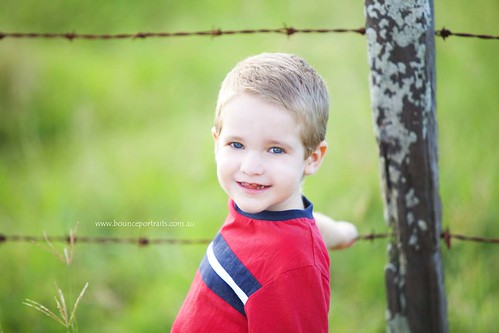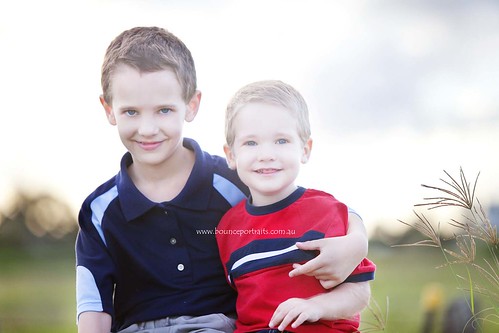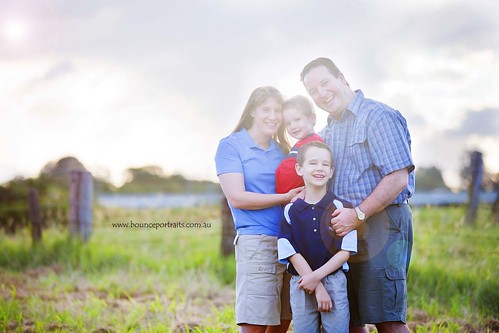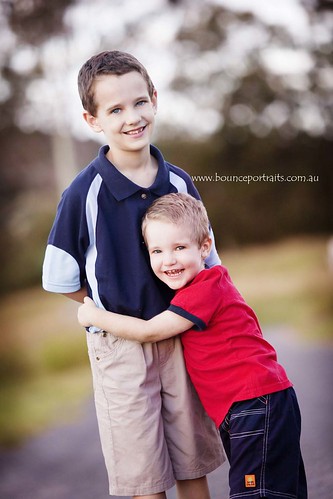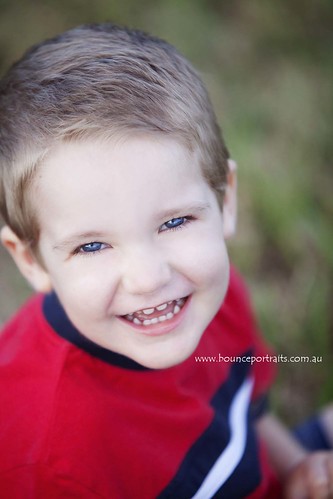We asked this family to share their story with us, what a journey they are on! Joy, Stewart, Kaden, and Kai - THANKYOU - for letting us bounce! it BACK to you.
![60386_420584431593_271903956593_4863441_136088_n[1]](http://farm4.static.flickr.com/3132/5728596589_805970778e.jpg)
Hi, my name is Kai and I am 3 years old.
Recently my mum took me to the Gold Coast Hospital for blood tests in relation to a high fever that I had been experiencing over several days. Within hours I was transferred by Ambulance to the Oncology Ward of the Royal Children’s Hospital in Brisbane as my Platelet, Red Blood cells and White Blood cells (immune cells) were all dangerously low.
A Bone Marrow Biopsy and blood tests eventually revealed that I had a rare and life threatening blood disorder called Severe Aplastic Anaemia (SAA). SAA is a blood disorder that affects only 2-4 people per million worldwide, and is most common in adults and in Asian countries where it is thought to primarily be caused by exposure to chemicals used in farming.
SAA is a disease that can be hereditary or acquired and is quite similar in symptoms and treatment to Leukaemia. The main difference between the two is that with Leukaemia, cancer cells kill off the bone marrow that produces the three different blood cell types in the body, whereas with SAA, the body’s own immune system kills off the bone marrow. My SAA is acquired, meaning that I was not born with the disease but it has been triggered by an event such as a viral infection which has caused my immune system to start attacking my bone marrow as if it were ‘foreign’ to my body. If patients with SAA are left untreated, mortality after one year is more than 80%.
In my case, I only have about 20% of my bone marrow left which is not enough to produce the blood cells my body needs to keep me alive. This means that I also have little or no immune system to fight off infections. As a result, any virus like a common cold or a bacterial infection is potentially life threatening. My best chance of a cure is a bone marrow transplant but unfortunately my brother and parents are not a match for my bone marrow tissue.
My treatment has involved having a central venous line inserted directly into my chest to enable easy access for transfusions, blood tests and to give me drugs and antibiotics when I get an infection. Once my central line was inserted, I was then given a treatment called ‘Atgam’ which involved the transfusion of a drug for 4 hours a day over five days, the aim being that the drug would literally wipe out my immune system. I was then put onto daily doses of antibiotics to ward off bacterial and fungal infections and, most importantly, Immunosuppressive Drugs to keep my immune system suppressed in the hope that this will give my bone marrow a chance to regenerate on its own. If this treatment proves successful, and the bone marrow regenerates, allowing my blood counts to increase to normal levels, I will be gradually weaned off the Immunosuppression drugs. It is then hoped that my immune system will ‘kick-start,’ like rebooting a computer, and as my immune system is allowed to regenerate, that it will no longer see my bone marrow as being ‘foreign tissue’ and will cease attacking and destroying it.
Whilst waiting to see if this immunosuppressive drug treatment could potentially cure my disease, my life revolves around constant platelet and blood transfusions which are literally keeping me alive. In the past eight months I have had 20 platelet transfusions 9 red blood cell (haemoglobin) transfusions and at least 70 blood tests to monitor my condition and have spent around 32 days in hospital as a result of infections, requiring some of the strongest intravenous antibiotics available to prevent such simple infections becoming life threatening.
If this therapy doesn’t work, my last chance of a cure is an unrelated bone marrow transplant. This treatment, although offering the best chance of a complete cure, is very high risk as there is a 30% chance of mortality as a result of ‘Graft Versus Host Disease’, where immune cells in the donor bone marrow recognise the transplant recipients’ body tissues as being ‘foreign’, setting up infections throughout the patient’s body which can result in death. For this reason it is necessary to find the closest tissue match possible to prevent the severity of this disease. However, I am fortunate enough to have a common bone marrow tissue type and several well matched potential bone marrow donors have been identified in Australia and around the world so I still have another chance of a cure should my drug treatment not be successful.
I will need to continue to have blood and platelet transfusions regularly until either the Immunosuppressive Drug Therapy works, or I receive a successful unrelated bone marrow transplant that enables me to be transfusion independent. If neither of these treatments work, I will spend the rest of my life dependent upon blood transfusions.
I am certainly far from being cured of my disease yet, but in the last few months my blood counts have begun to slowly improve, meaning that my platelet and blood transfusions have been less frequent. This has given me and my family hope that I will be one of the 23% of SAA patients on this immunosuppressive drug treatment who are completely cured of SAA with no relapses or side effects that could potentially lead to Leukaemia in the future.
